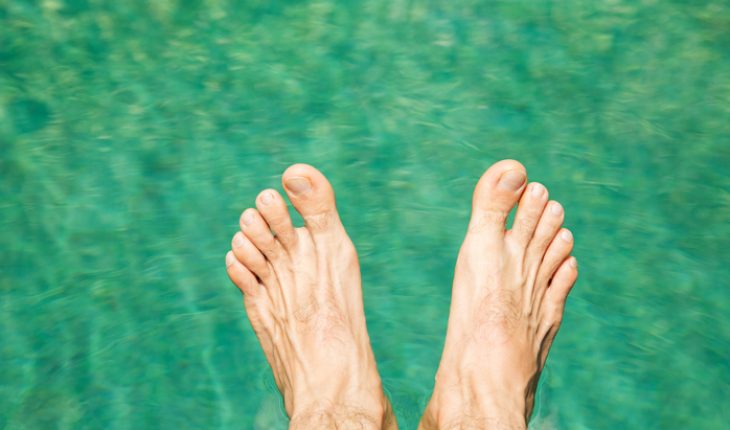Bunions are a common problem, yet contrary to popular opinion, they are not actually caused by high heeled, pointy shoes. They are most often caused by a defective mechanical structure of the foot, which is genetic. As part of the condition, most people will experience a bony protuberance at the base of the big toe. However, a bunion is far more complicated than a simple bump on the foot, and can cause extreme pain and difficulty wearing footwear.
However, a bunion is far more complicated than a simple bump on the foot, and can cause extreme pain and difficulty wearing footwear.
Recent research from the Society of Chiropodists and Podiatrists revealed that 80 per cent of women suffer from foot problems and 15 per cent of those are bunions, medically referred to as hallux valgus.
Bunions can occur due to the shape and direction of our feet. Sometimes the big toe can become angled towards the smaller toes, forcing the top of the first metatarsal to protrude from the side of the foot at the base of the toe. If this happens, a painful swollen bunion will form, causing instability and make walking difficult. This can be heightened through irritation of the soft tissues surrounding this part of the foot. Badly fitting shoes heighten pain and increase swelling.
Although anyone can develop bunions at any time, they affect far more women than men. The causes are partly genetic and partly footwear-related.
Although anyone can develop bunions at any time, they affect far more women than men.
To properly diagnose whether a patient has a bunion, a full physical examination will be carried out by the surgeon. Throughout this process, a range of motion exercises of the big toe will be carried out. An x-ray will also be taken to highlight the full extent of the deformity and help the surgeon decided on the appropriate course of treatment.
Surgery for this is evolving all the time, but the most common procedure is to first remove the bony lump on the foot. The surgeon will correct the abnormality of the first metatarsal joint aligning it over the underlying sesamoid bones, (these are the knee caps of the great toe). The surgeon will tighten loose ligaments to further correct the leaning of the great toe. In severe cases, further surgery may be carried out at the base of the big toe.
After surgery, patients will be required to wear a compressive dressing but will be able to walk immediately with lightweight over-shoes. These should be worn for two weeks, after which patients can switch over to loose sandals or trainers, getting back to normal shoes after six weeks.”
- Bunions are not caused by shoes - 18th May 2017
- Knee injuries: The importance of a quick referral - 19th December 2016







